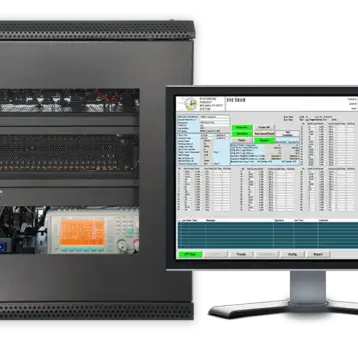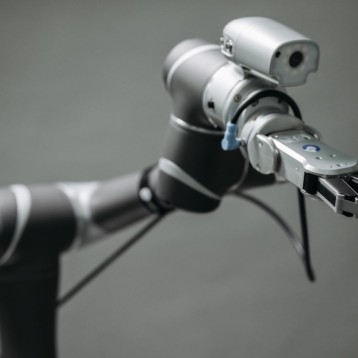Odyssey IV differs from previous artificially intelligent submarines developed by the MIT Sea Grant College program’s Autonomous Underwater Vehicles Laboratory, in that it can hover in place and doesn’t need to keep moving forward at all times. When stopping, Odyssey keeps correcting itself for currents and obstacles, thus holding its position, enabling it to make detailed inspections or to photograph the flora and fauna around an undersea vent.
“Our old subs needed to swim, to go forward, in order to maintain maneuvering capability,” says Chryssostomos Chryssostomidis, director of the MIT Sea Grant Program. “People wanted to be able to work in the ocean and stop and hover to do a specific task. In the past, you could only fly over a scene, take a picture, then fly over again and take another picture. Now, I can stop over a scene that’s of interest, and stay and make measurements. We’ll be able to observe underwater scenes in much more detail.”
Odyssey IV is a two-meter-long craft resembling a fish, with fins and thrusters located on each side as well as on its bow and stern. The combined action of those fins and thrusters enable the craft not only to move quickly, but also to stop in place.
The new underwater robotic vehicle, capable of moving through the ocean up to 6,000 meters down, has just completed sea trials off Woods Hole, Massachusetts and has recently embarked on its first scientific mission – a study of the George’s Bank area of the Gulf of Maine. The next step is adding a few improvements such as improved power-storage and communications capabilities. In addition, the researchers wish to add a mechanical arm that will allow Odyssey to take samples and manipulate objects.
“Once we prove the hovering capability foolproof, as we think it is now, the next challenge for me to worry about is the issue of recharging, so that I can be free of the surface vessel,” explained Chryssostomidis.
TFOT recently covered Seagliders – autonomous underwater vehicles which are used to gather valuable information such as conductivity-temperature-depth (CTD) data at a considerably lower cost than any other vessel or instrument currently available, along with the Thermal Glider – an autonomous underwater vehicle powered by ”green” energy. This robotic glider propels itself using the temperature differences in the ocean’s waters as an energy source.
More information on the Odyssey IV can be found at MIT’s official website.










